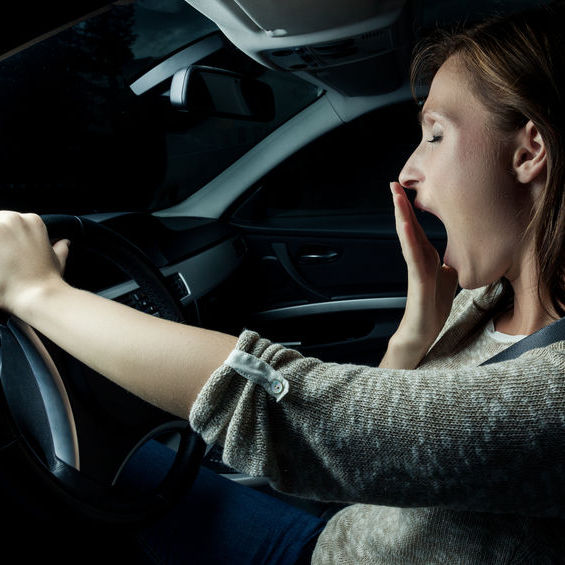Drowsy Driving
Research shows that nearly 83.6 million sleep-deprived people are in the workplace, at school, or driving on the road. Drowsy-driving crashes:
- occur most frequently between midnight and 6 a.m. or in the late afternoon;
- often involve only a single driver with no passengers running off the road with no evidence of braking;
- frequently occur on rural roads and highways.
Why Drowsy Driving is Dangerous
A drowsy driver is an unsafe driver because performance is negatively impacted. Drowsy driving symptoms are similar to those experienced while driving while under the influence of alcohol. In fact, driving for 20 hours without sleep makes you as dangerous as someone driving with a .08% Blood Alcohol Concentration. The effects of drowsy driving include:.
- slows reaction time,
- impairs judgment and situational awareness,
- increases lapses in attention and risk-taking,
- increases the potential to microsleep – dozing off for a few seconds while driving
Warning Signs
According to the American Academy of Sleep Medicine, certain warning signs indicate you may be sleep-deprived.
- frequent yawning or blinking;
- feelings of "nodding off;"
- difficulty keeping your head upright;
- trouble remembering the last few miles you've driven;
- missing an exit or road sign;
- following other cars too closely; or
- drifting into the other lane or hitting rumble strips.
For more information on drowsy driving, see the National Road Safety Association's website.
Knowledge Check Choose the best answer for the question.
1-6. Drowsy driving symptoms are similar to _____.
You forgot to answer the question!

